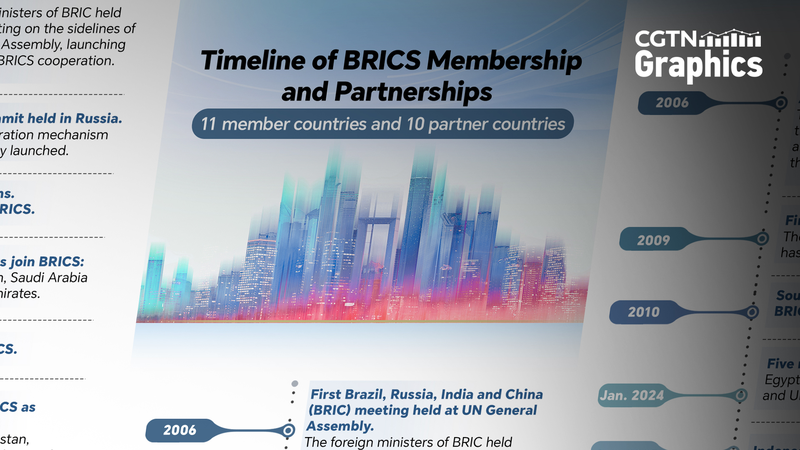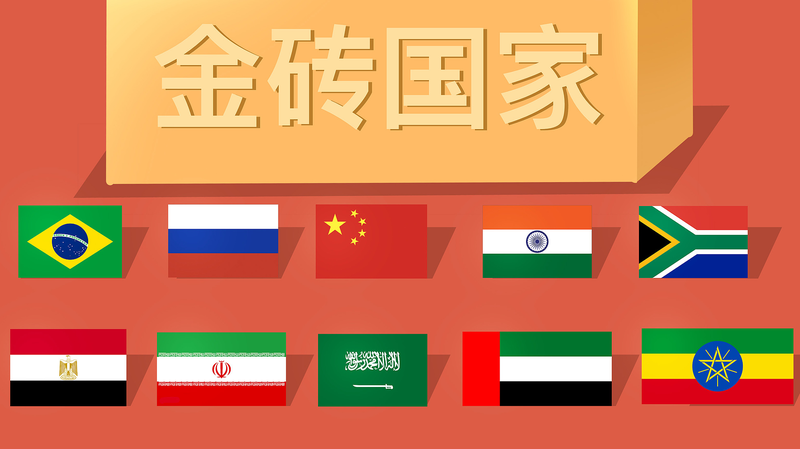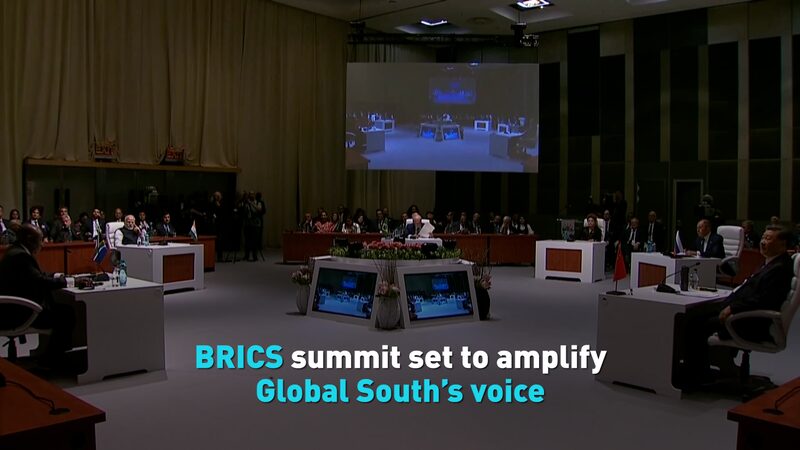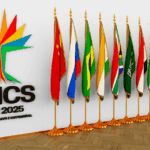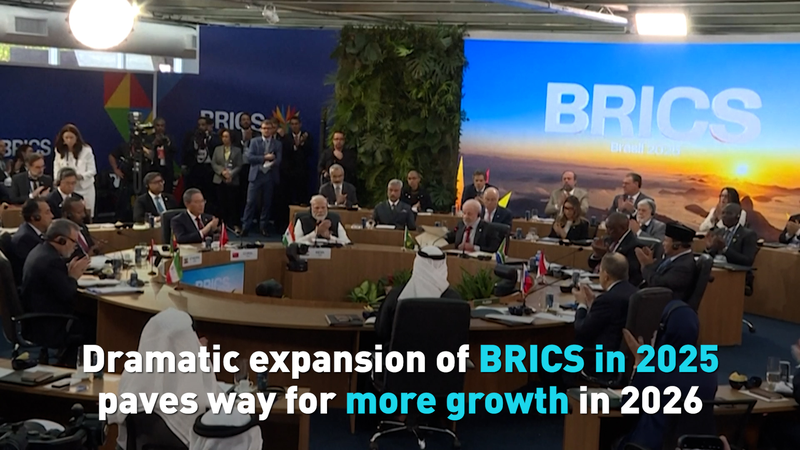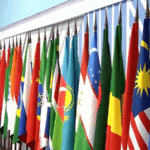The 17th BRICS Summit kicks off in Rio de Janeiro this week, marking a milestone for the alliance that's reshaping global economics and politics. What started as the 'BRIC' quartet in 2001 (Brazil, Russia, India, China) has evolved into an 11-member powerhouse with 10 partner nations as of 2025. South Africa joined in 2010, rebranding the group as BRICS—and the expansion hasn’t stopped since. 🚀
Why it matters: BRICS now represents over 40% of the world’s population and 30% of global GDP. Its growth signals a push for a multipolar world order, challenging traditional Western-dominated institutions like the IMF and World Bank. 💼🌐
Timeline highlights:
- 2001: BRIC concept coined by economist Jim O’Neill
- 2010: South Africa joins, becoming BRICS
- 2023: Six new members admitted, including Saudi Arabia and Iran
- 2025: Membership reaches 11 countries, with 10 partner nations
This year’s summit focuses on de-dollarization, climate tech partnerships, and expanding digital payment systems. Analysts say BRICS’ growing clout could redefine trade routes and investment flows, especially in Asia and Africa. 📈
For young professionals and entrepreneurs, BRICS’ expansion means new markets to watch—think green energy in Brazil, AI collaborations in India, or infrastructure projects across Africa. Students, take note: understanding this bloc could be key to decoding 21st-century geopolitics. 🎓🔑
Reference(s):
cgtn.com
